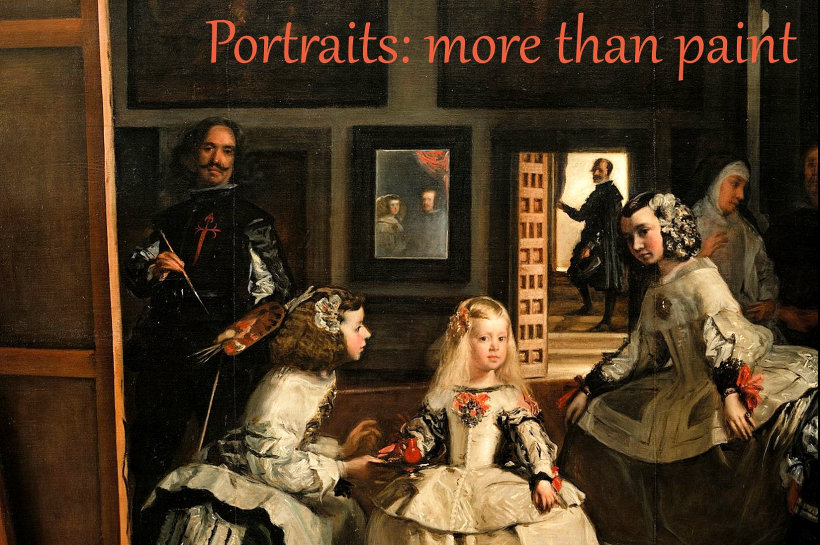6. L'état, c'est moi!
Louis XIV and Napoleon Bonaparte were men of genius whose genius included the knowledge of how to create and
maintain a public image. Louis was born to high position, but enhanced it immeasurably by the works commissioned
from the great artists he assembled around him. Napoleon came from a more ordinary family, on an island that was
not even a part of France when he was born. His rise to power was largely due to his success as a military
commander, but he too ensured that there were artists around to commemorate those successes as he achieved them.
Later in their lives, both lived through rituals that called upon past traditions to promise a glorious future.
Painting the portrait of a man whose life is already a curated self-portrait is a difficult proposition. While it
is easy enough to transmit the intended persona, it takes a different kind of genius not to lose sight of the
individual man behind it. We shall look at a variety of attempts, some magnificent, some frankly mediocre, and see
if any truly succeeded. rb.
The script, videos, and images will be posted immediately after class.
TO THINK ABOUT
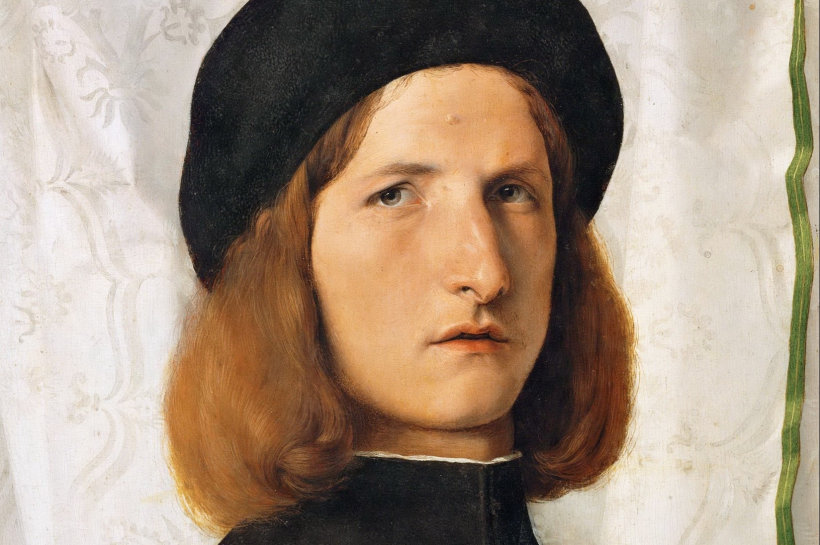
Two Napoleonic victories
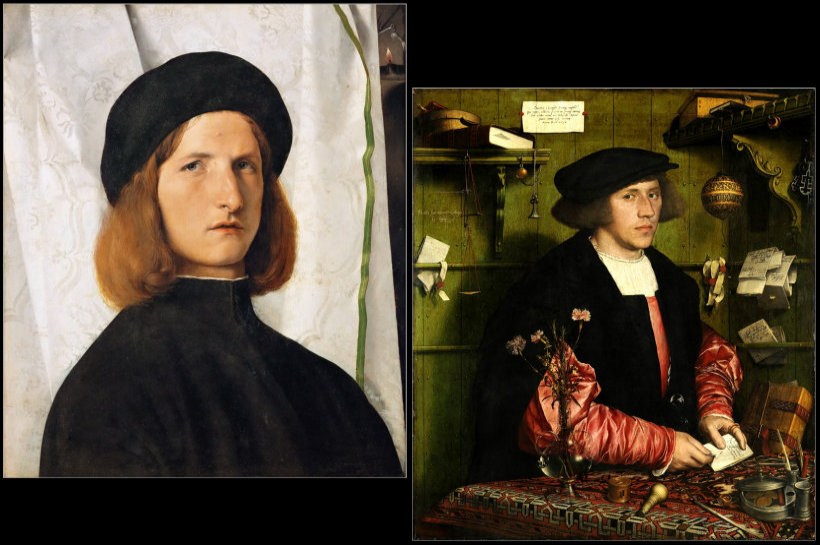
René Théodore Berthon : The Capitulation of Ulm, 1805 (c. 1807, Versailles)
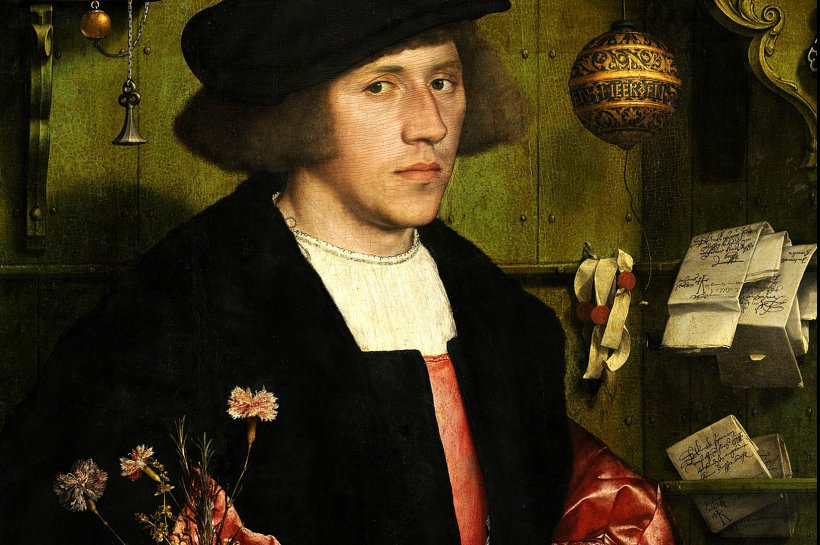
Antoine Gros: Napoleon on the Battlefield of Eylau, 1807 (1808, Louvre)
Neither of these Napoleonic War pictures will be included in the class,
but their themes will. They represent two French victories: the surrender of the Austrians at Ulm in 1805, and Napoleon
visiting the battlefield of Eylau, a day after winning a costly victory in 1807. It should be noted that the pictures
are of very different sizes: the Berthon is just under 6 feet tall, while the Gros is 17 feet tall and 25 feet wide;
the principal figures are life-size. What aspects of war was each artist trying to convey? What is their view of
Napoleon? Which is the more realistic? Which is the more likely to have satisfied the Emperor?
[These are details; click for the full versions.]
Here are brief bios of the artists, composers, and writers considered in the class, listed in order of birth.
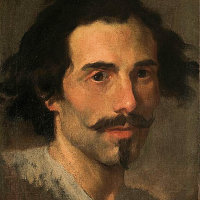 |
Gianlorenzo Bernini, 1598–1680. Italian sculptor and architect.
He is to the Italian Baroque what Michelangelo was to the Renaissance, the supreme master of many arts. The sense of movement and drama in his sculpture carries through into his architecture and even his town planning, such as the piazza before St. Peter's.
|
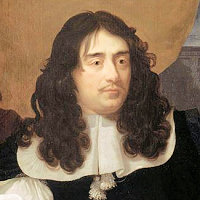 |
Louis Le Vau, 1612–70. French architect.
As principal architect to Louis XIV, Le Vau designed major additions to the palaces of Vincennes, the Louvre, and most notable Versailles. He is also noted for the moated chateau of Vaux-le-Vicomte and the Collège des Quatre Nations, now the Institut de France, across from the Louvre.
|
 |
André Le Nôtre, 1613–1700. French landscape architect.
Le Nôtre worked with Louis Le Vau at Vaux-le-Vicomte and was engaged by Louis XIV to achieve similar marvels of garden design on an even larger scale at Versailles. A pioneer in the field, his work was emulated at other great houses around Europe.
|
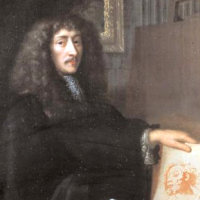 |
Jean Nocret, 1615–72. French painter.
Nocret is known today for his royal portraitsin the age of Louis XIV, especially his group showing the extended royal family in the guise of Greek gods.
|
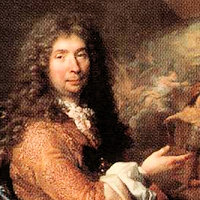 |
Charles Le Brun, 1619–90. French painter and sculptor.
One of the geniuses behind Versailles, his Bassin de Apollon fountain shows Apollo (as Louis XIV) drawing the chariot of the Sun out of the waters.
|
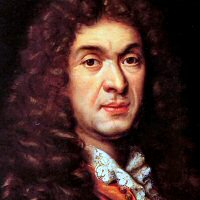 |
Jean Baptiste Lully, 1632–87. French composer of Italian origin.
Lully became master of music to Louis XIV, writing music in all genres, but most especially operas and ballets. His operas include Alceste (1675), Atys (1676), Persée (1682), and Armide (1686).
|
 |
Hyacinthe Rigaud, 1659–1743. French painter.
Rigau was born in a Catalan family in Perpignan, shortly before it was annexed by France. He trained in the provinces before moving to Paris in 1781, but soon established himself there as a vigorous portrait painter and meticulous recorder of costume. As a result, his portraits of Louis XIV from 1701 in the Louvre and the Prado are considered reference documents on the monarch's appearance.
|
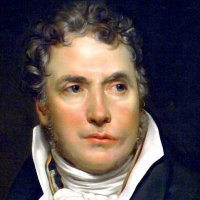 |
Jacques-Louis David, 1748–1825. French painter.
The leading Neoclassical artist of his day, David replaced rococo frivolities with stern history paintings with strong moral content. He was a dedicated supporter of the Revolution and politically active as a Deputy. He was imprisoned briefly after the fall of Robespierre, but resurfaced as principal painter to Napoleon. Through his many pupils, he influenced French salon style for a generation.
|
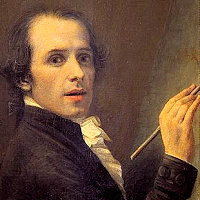 |
Antonio Canova, 1757–1822. Italian sculptor.
The most influential neo-classical sculptor of his day, and an acclaimed portraitist, Canova executed several mythological subjects earlier in his career, including a Daedalus and Icarus and Theseus and the Minotaur.
|
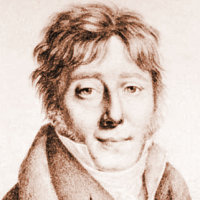 |
Jean-François Le Sueur, 1760–1837. French composer.
The newphew of painter Eustache Le Sueur, he had some early success but was struggling when Napoleon picked him as maitre de chapelle at the Tuilleries. In this and similar capacities, he composed the music for the Emperor's coronation, as well as an opera on the Gaelic bard Ossian, a favorite of the Emperor's.
|
 |
Anne-Louis Girodet, 1767–1824. French painter.
Girodet was a student of Jacques-Louis David's, and like him spent several years in Italy. His manner is generally more Romantic, however, with a particular interest in evocative lighting effects. In adulthood, he styles himself Girodet-Trioson, in honor of the man who adopted him (and may well have been his natural father).
|
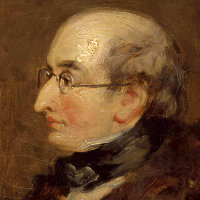 |
Benjamin Robert Haydon, 1786–1846. English painter.
Haydon painted grand historical subjects, often on a large scale, along with centemporary scene and portraits of Wordsworth and others. Apparently he was difficult to deal with.
|
 |
Paul Delaroche, 1797–1856. French painter.
Delaroche studied with Gros, but unlike him preferred historical themes to contemporary ones. He favored the rich palette and moody lighting characteristic of Romanticism, but would depict his subjects with a realism that downplayed heroism or glamor in favor of dramatic understanding.
|
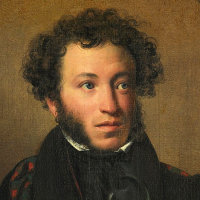 |
Alexander Pushkin, 1799–1837. Russian poet.
While in exile because of verses critical of the Tsar he wrote his most celebrated play Boris Godunov. His masterpiece is the novel in verse Eugene Onegin, serialized between 1825 and 1832. While his range is extraordinary and an inspiration to later Russian composers, he is celebrated as much for restoring the Russian language (as opposed to French) as the vehicle for artistic expression.
|
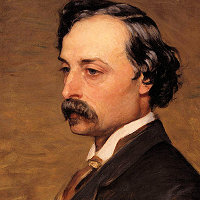 |
William Quiller Orchardson, 1832–1910. Scottish painter.
After beginning his career in Edinburgh, Orchardson moved to London at the age of 30. His relatively subdued works contain subtle observation of the social scene, and gradually attracted an appreciative public. He was knighted at the age of 75.
|
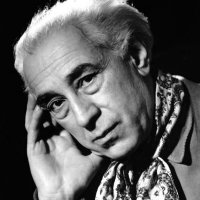 |
Abel Gance, 1889–1981. French filmmaker.
Abel Gance (born Abel Eugène Alexandre Péréthon) was a French film director, producer, writer, and actor. A pioneer in the theory and practice of montage, he is best known for three major silent films: J'accuse (1919), La Roue (1923), and Napoléon (1927) [Wikipedia]. The latter, which was one of the most technically adventurous films of its time, was intended as the first of a series of six, but as it runs to 5½ hours the full project was never realized.
|



